Using puppets in your classes
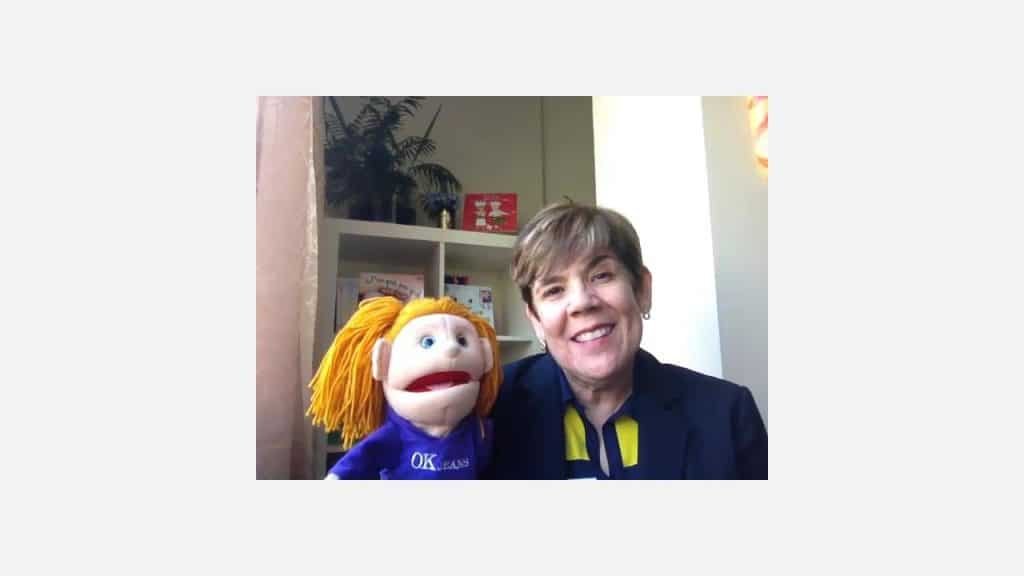
Using puppets in your classes Puppets can become an essential tool for teaching very young children a new language. Puppets provide an essential link between learning and play which makes them a wonderful teaching tool. You can use puppets for initiating a class, for introducing vocabulary, for helping shy children relax and participate, for drilling […]
Reading to very young learners
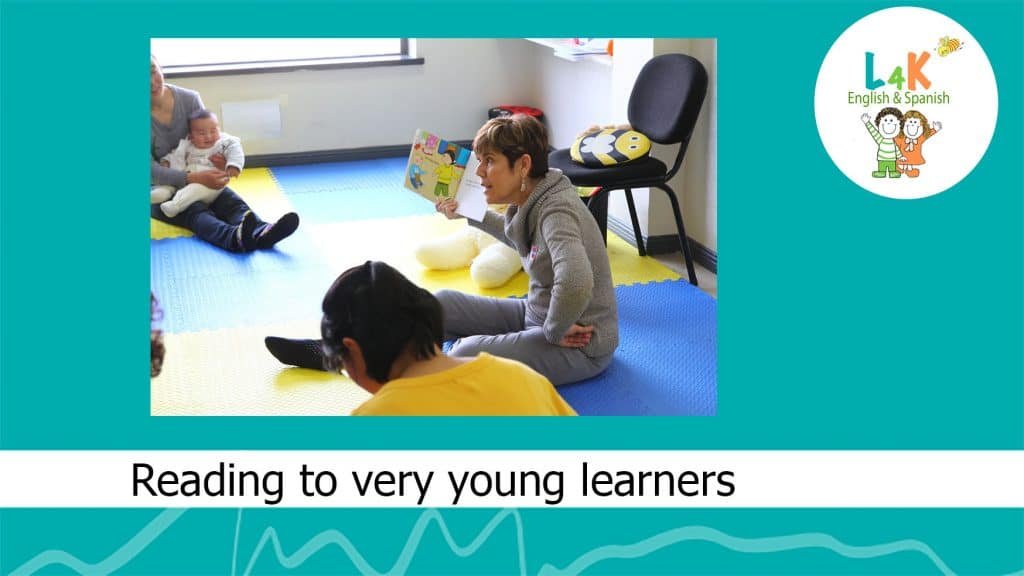
Reading to very young learners is an effective and enjoyable way to expose them to a foreign language. Children of all ages love to be read to. When you read out loud, you are teaching about communication, and helping young children build their listening and memory skills. You are giving them information about the world. […]
Teaching English to kids through Picture Books
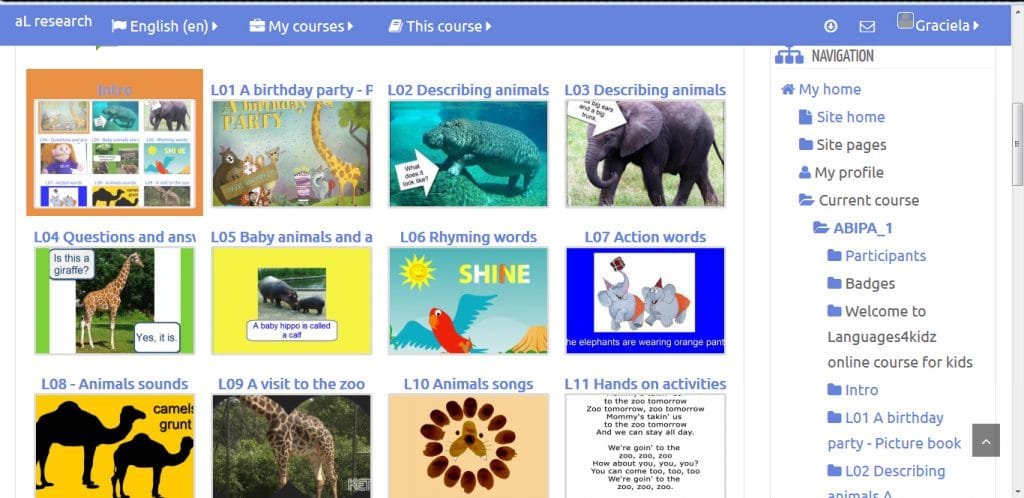
We have been busy working in collaboration with Adhoc Language on a new project. We have created an English course for children 6-12 years of age accessible from any device through Adhoc’s online campus. The course is based on one of Languages4kidz Picture Books “A Birthday Party.” It has a duration of approximately 20 hours […]
Language learning is a natural process

Children learn to talk using only the sounds and words they pick up from their environment most importantly from their parents and caregivers. Many scientists believe that a newborn’s brain is genetically “programmed” to learn language, just as a bird is programmed to sing or a spider to weave a web. No one actually teaches […]
Global trends in foreign language around the world

Global trends in foreign language around the world. In the last decade there has been an enormous increase and discussion around the new findings that give a lot of information about the importance of starting early when it comes to helping children acquire a foreign language. The benefits of a bilingual or multilingual education are […]
Holidays in October

During the month of October we celebrate various holidays around the world. The Jewish New Year, Rosh Hashanah and Yom Kippur, the most important holiday of the Jewish, Oktoberfest celebrated by the Germans with big parties with harvest food and delicious treats. Canadian Thanksgiving on the second Monday of October. The discovery of America (Columbus […]
Open-mindedness and respect towards others is what we want young children to learn besides a new language
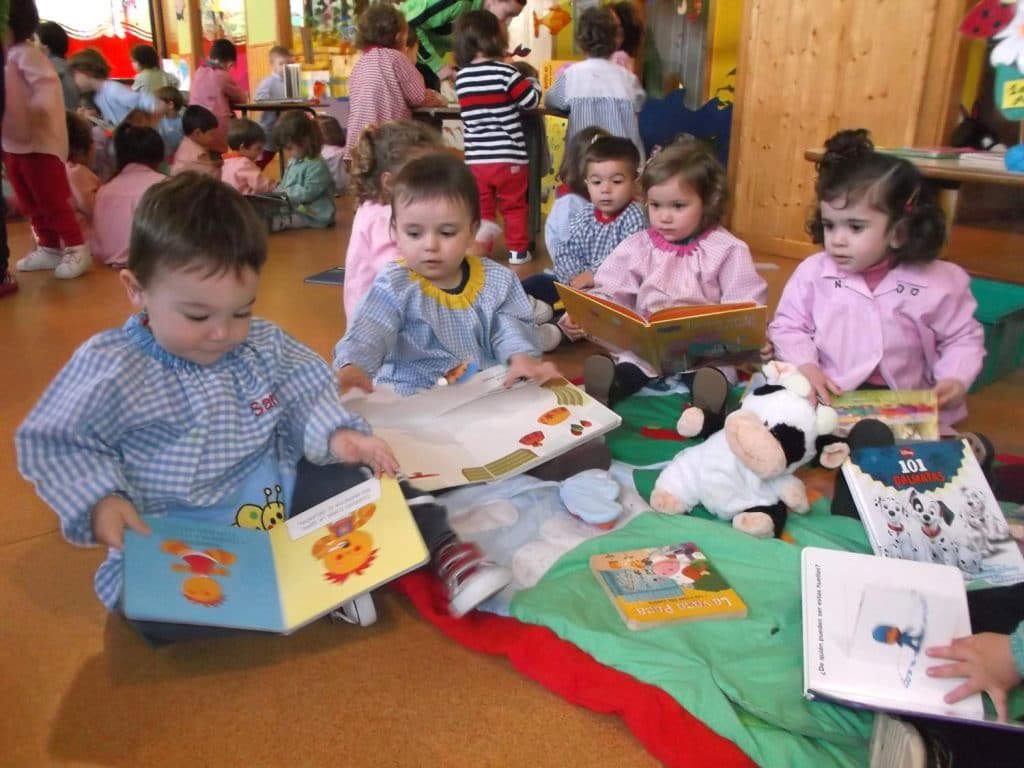
When teaching a foreign language it is extremely important to begin with children in their early years, when their minds are still open to “catching” differences and fitting them inside their “thinking system”. So, what is learned is not only the new language, but an open mindedness and respect towards the differences between them and […]
Is earlier really better?
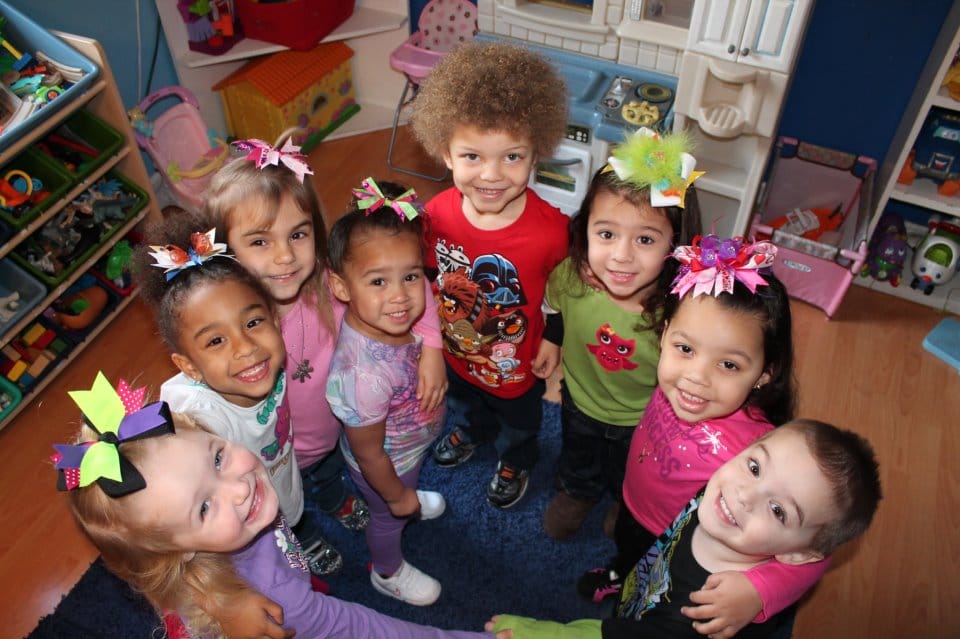
Recent studies indicate that the best time for children to learn a foreign language is during their first three to four years of life. It is during this period that children develop a natural ability to learn. Scientists suggest that when it comes to ease of learning and proficiency in a foreign language, earlier is […]
10 tips to use when reading to very young kids

Reading to very young kids – tips for parents and teachers. This is the title of our latest video. When teaching young kids a new language take some time to emphasize to parents each week the importance of reading to their children at home, not only in their native language but the target language, as […]
All kids should learn a second language
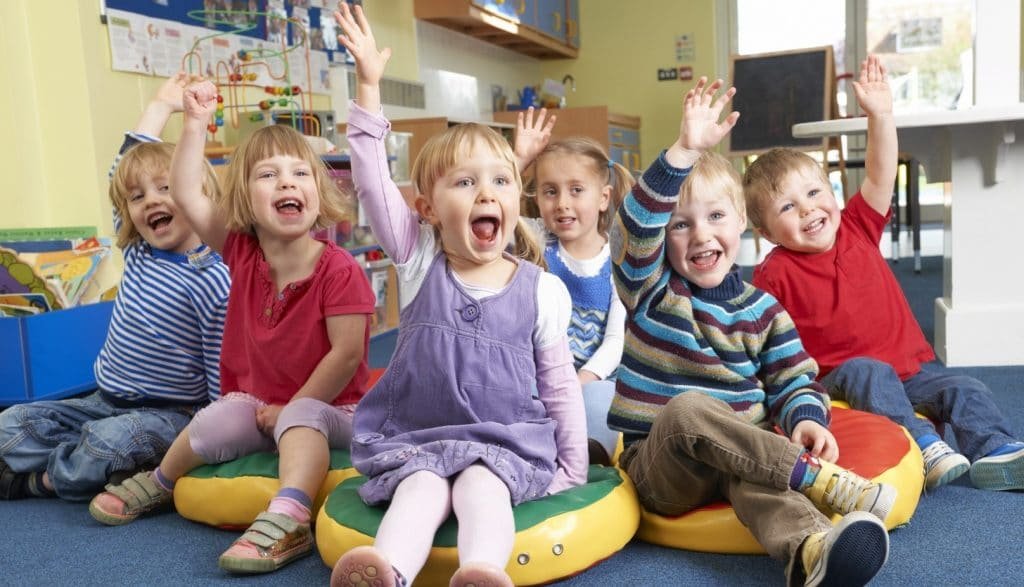
All kids should learn a second language. Early language learning has acquired a significant importance all over the world. Parents are now more aware of the latest findings and the benefits a second language may give their children and know very well that learning another language besides their mother tongue has become a need in […]
Story time: Reading aloud to children in their early years
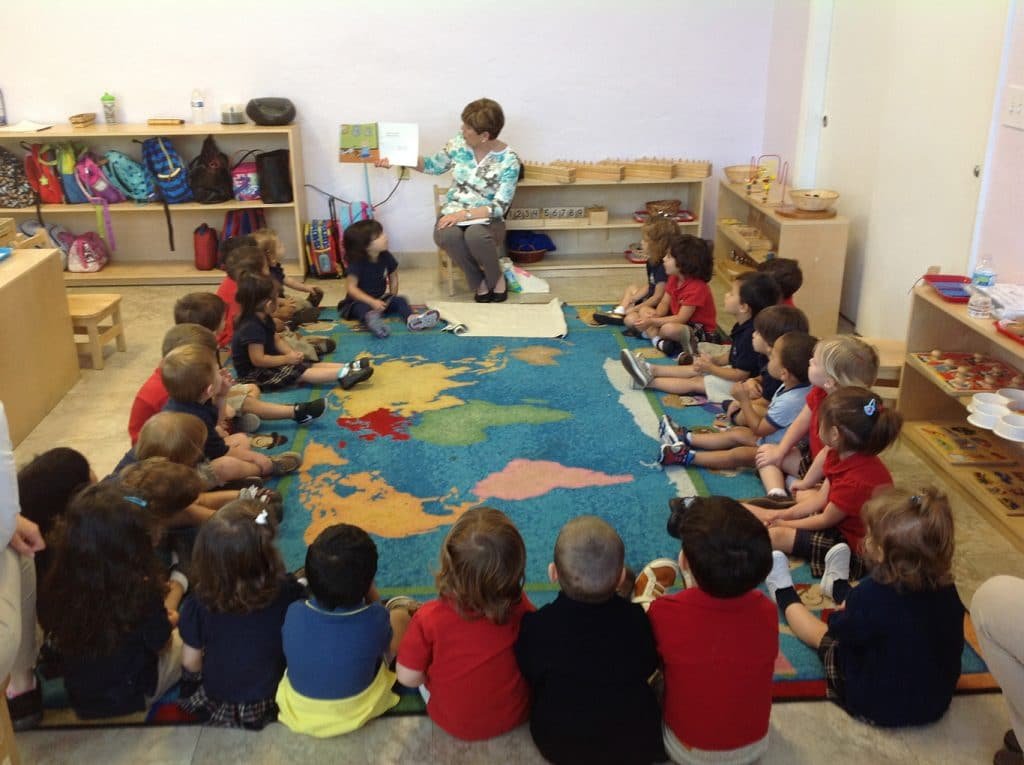
When we are working with little ones Story Time becomes an essential component of each of your lessons. Reading to children lays the foundation for a love of reading throughout their lives. In your classes, it contributes in a particularly unique way to the development of the target language, whether it is Spanish or English. […]
I love Languages4kidz program
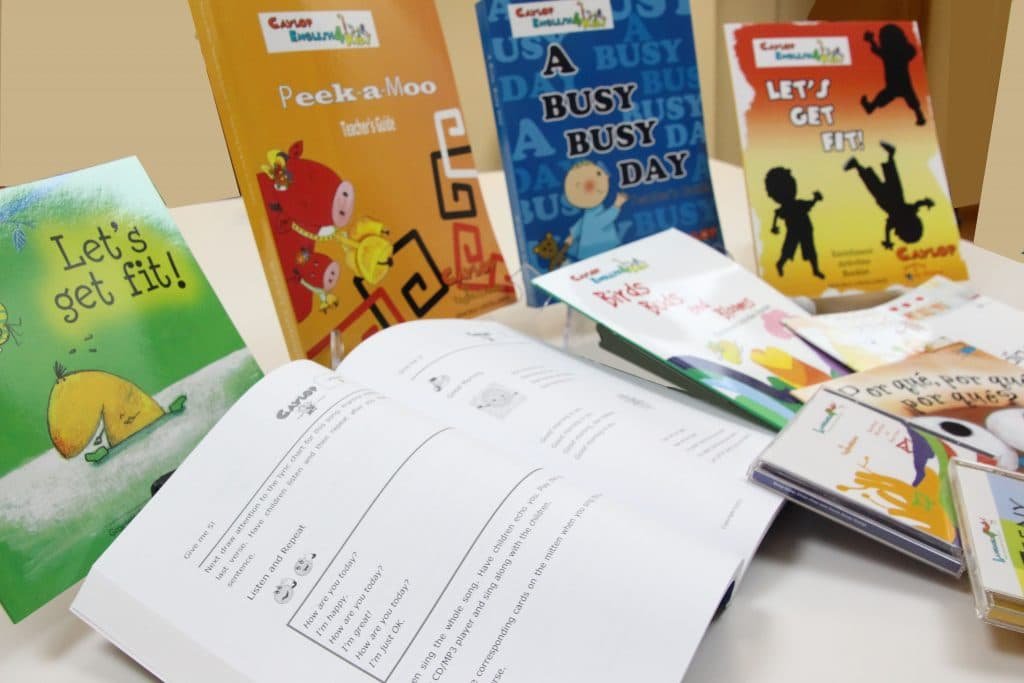
Read why Bilingual Blogger and Speaker Gianny Liranzo @madres conectadas loves our program and what it has taught her children. “Today I want to share with you this BIG SALE that has The bilingual author and educator Graciela Castellanos creator of a wonderful series of books for children in Spanish and English and to teach […]
